Close your eyes and imagine the products you will be able to find in the Negev; I bet wine is not going to be at the top of your list. And yet wine tasting or even a full wine tour will be surprisingly easy to organize. As a matter of fact, if you are a lover of the genre, you could build your entire stay in the area around the history of wine and wine tasting.
Out of the 26 vineyards and wineries scattered around the Negev, 16 can be found in the Negev Highlands (the area situated between Mitzpe Ramon, Sde Boker, Yeruham and Nitzana area), the remaining 10 being dispersed in areas as diverse as Arad, the Western Negev (around Gaza) and around Eilat. Add to that the fact that wine making in the Negev has a very long history going as far back as the Roman times and you will understand that wine has a real place when touring the Negev.
Wine making at Nabatean times
The Nabateans started making wine as a necessary production for the many caravans traveling on the incense road.
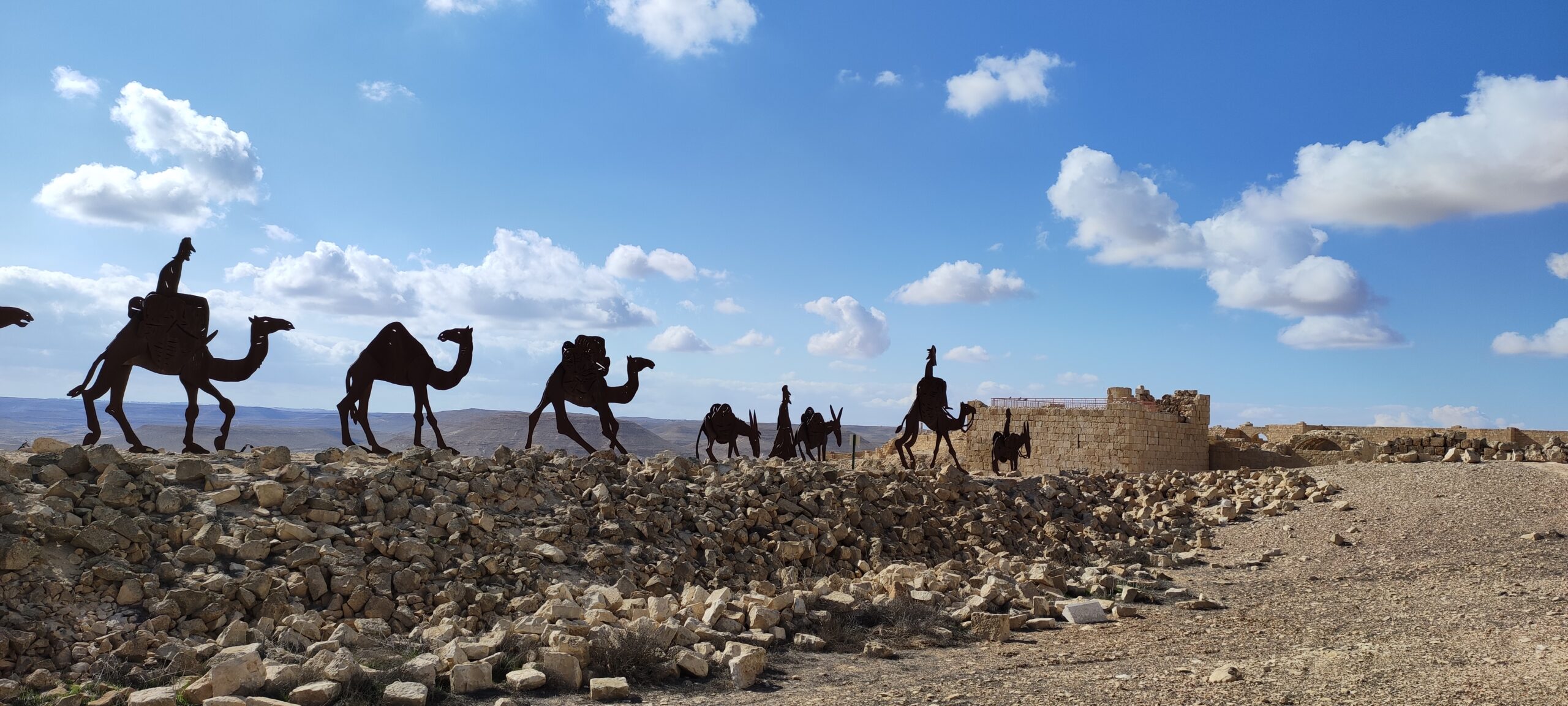
It was a very important stapple for the many travelers along this road. It was much easier than water to store and preserve and therefore safer to drink. It had the added quality of providing much needed calories on top of hydration. The fact that it might have help make a hard journey more joyful was just an added bonus. The daily consumption of the travelers was quite high.
You can see the remains of the wine making activities in Shivta and Avdat which both have huge wine press.
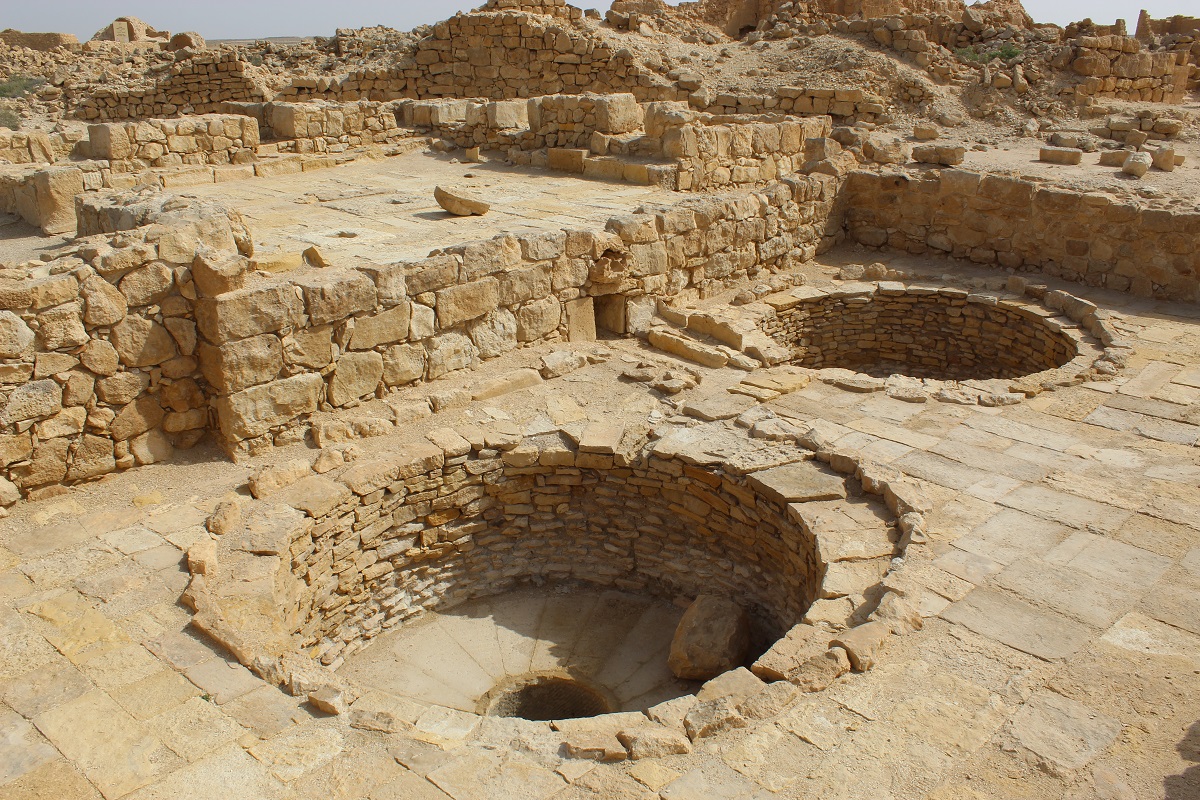
But in Avdat, you will also get an idea of the scale the trade took during the Byzantine era by visiting some of the caves opened in the cliff in order to store an industrial number of amphoras full of the precious liquid.
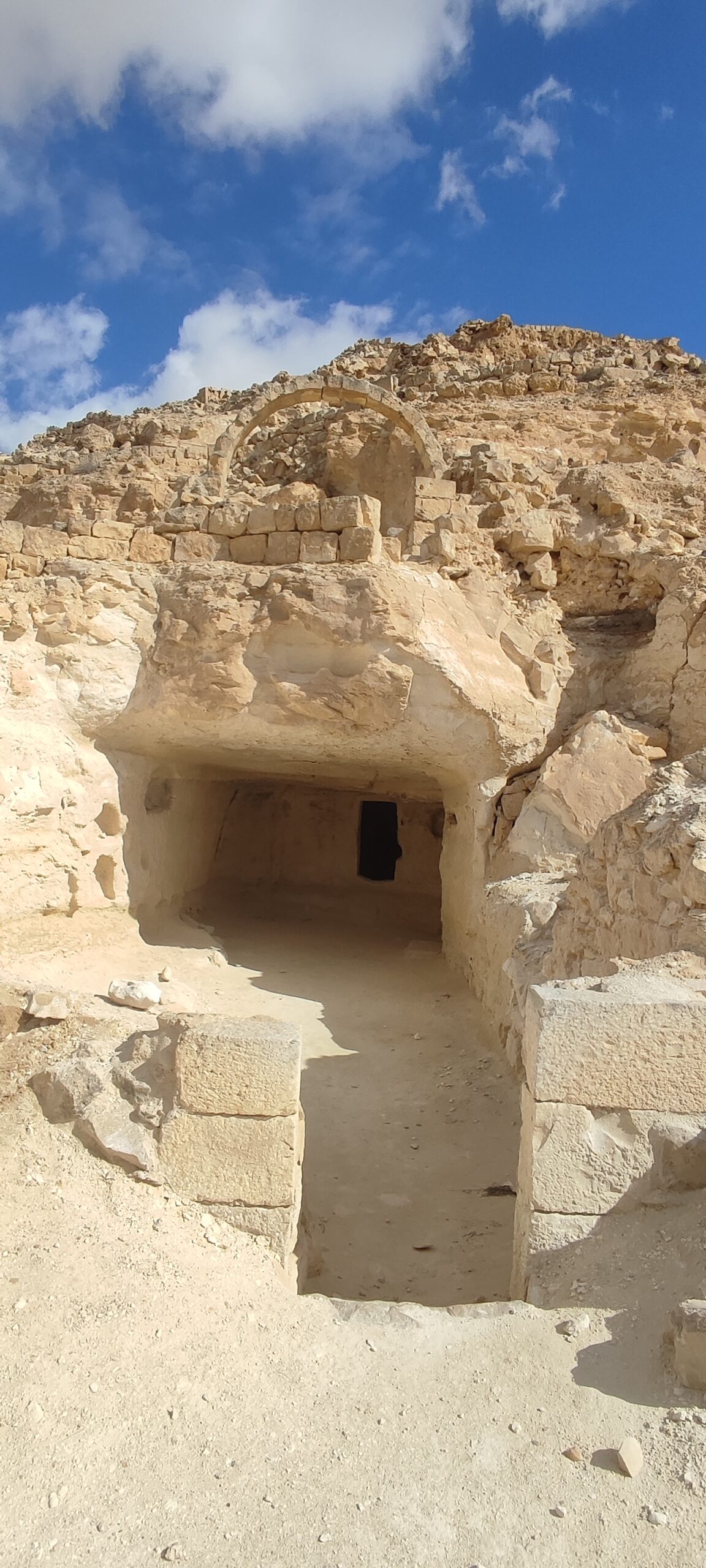
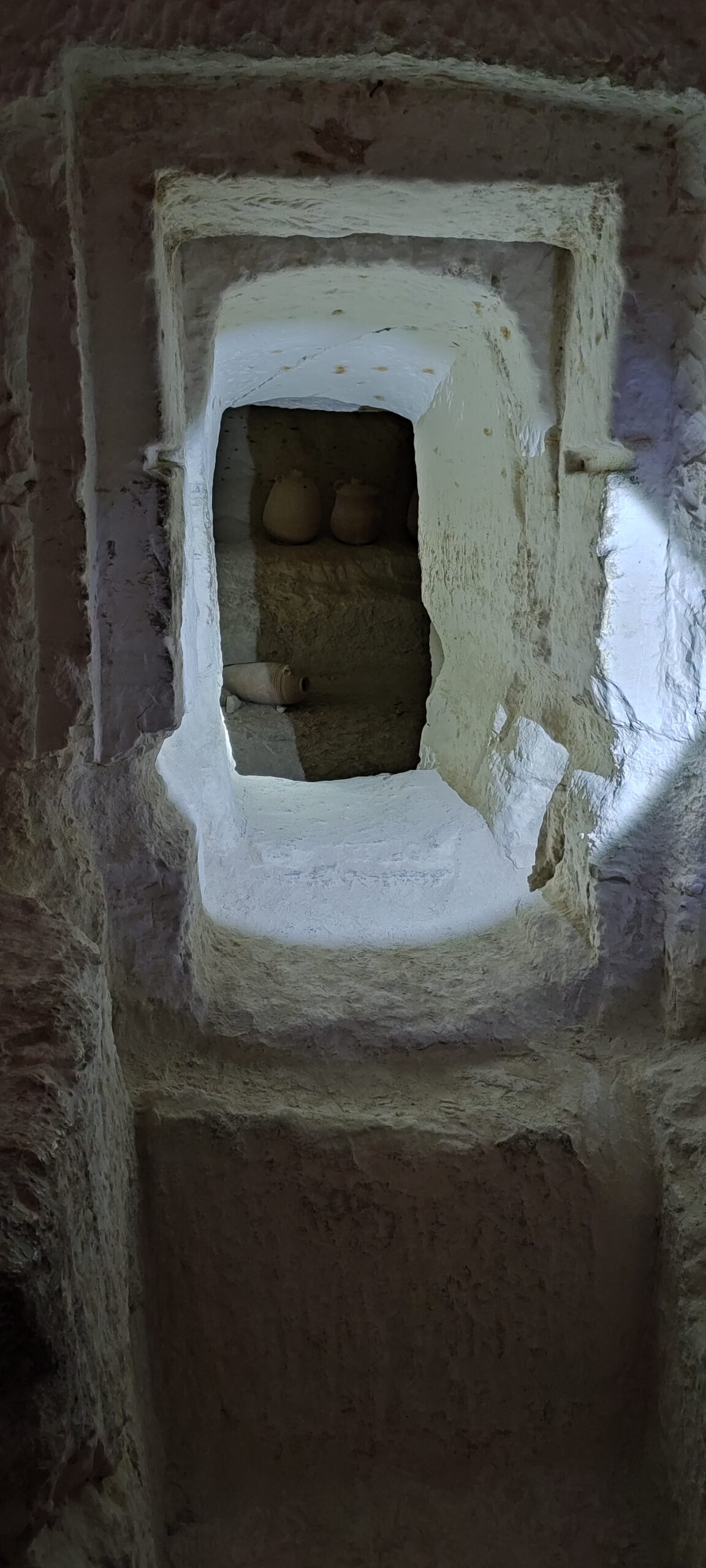
As attested by the name written on jars, it was then called Gaza wine – by the name of the port used to export it to Europe where it was highly appreciated and very much in demand – so much so that it gave real prosperity to the cities.
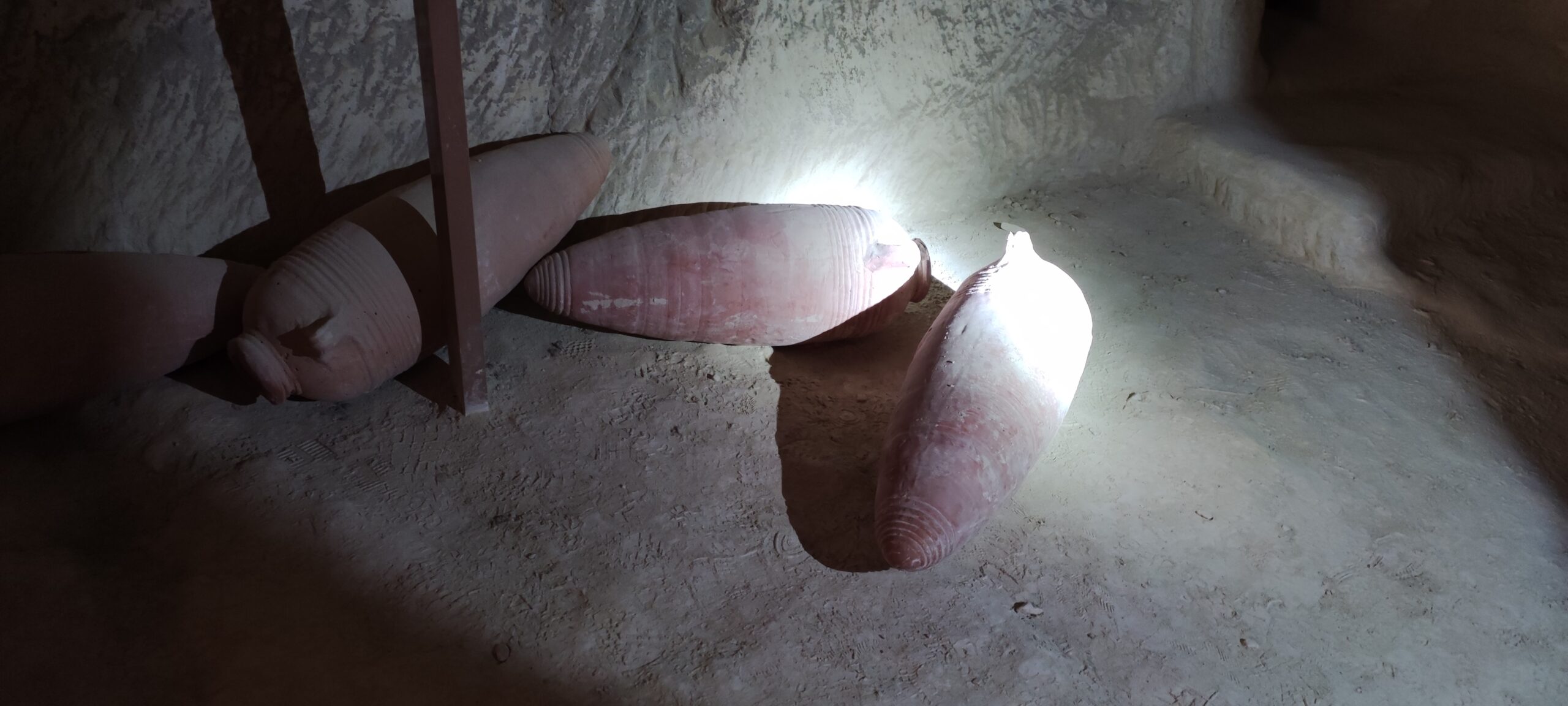
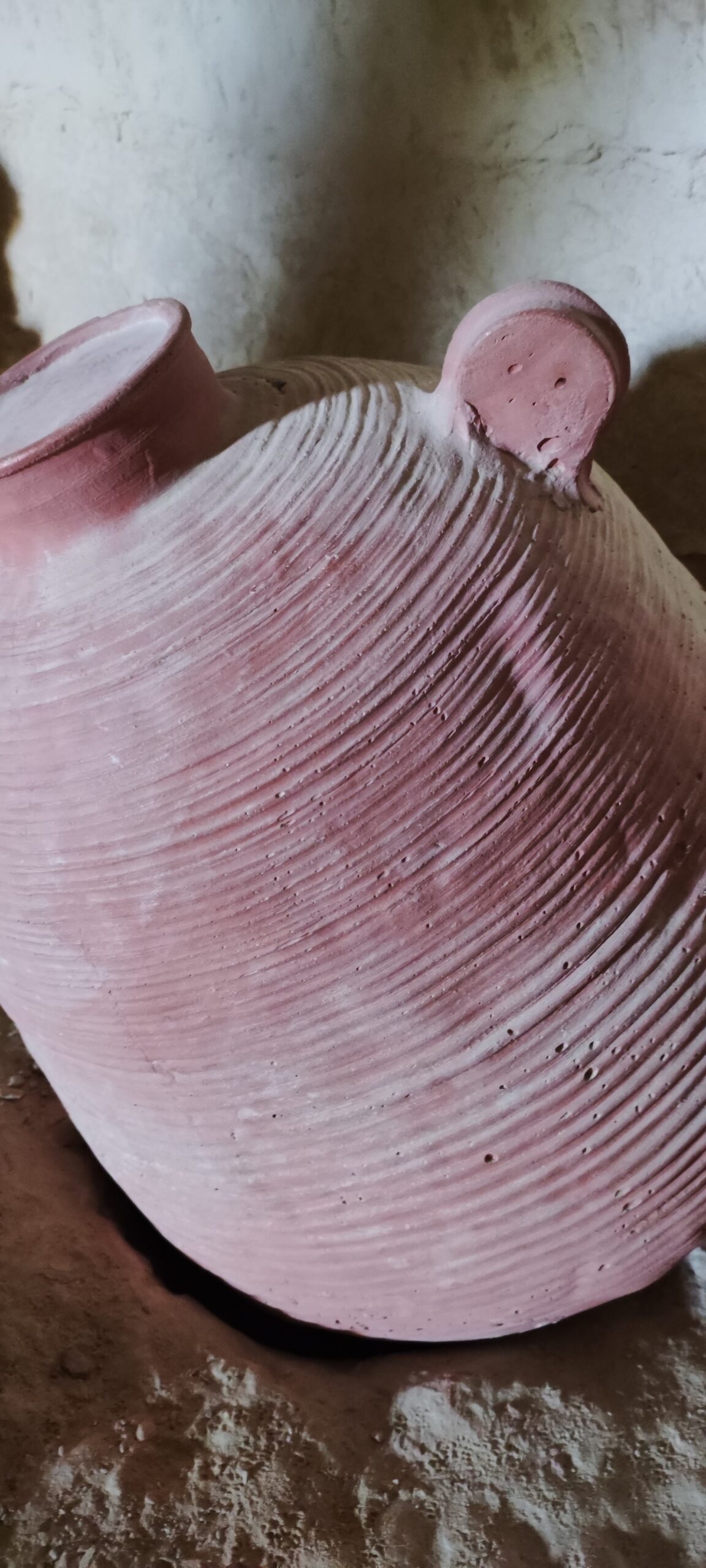
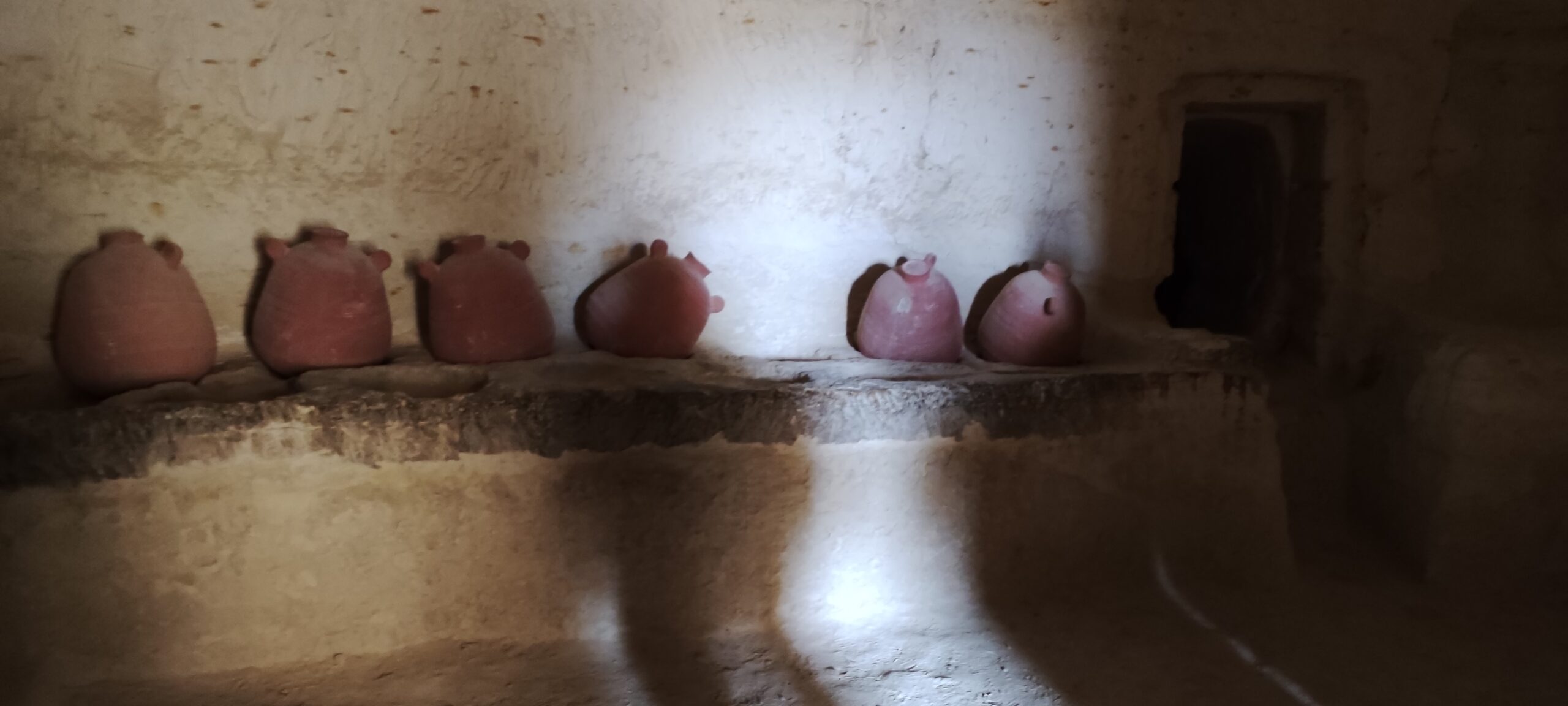
As a matter of fact, it is now considered that it is the advent of Islam and the prohibition of alcohol, signing the end of this very lucrative trade, that precipitated the desertion of the city of Shivta. They didn’t manage to reinvent themselves and find a new and sufficient source of income.
How did the Nabateans managed to grow wine in the desert?
The first reaction when archeologists discovered the scale of the agricultural production going on in Nabatean cities was that maybe the climate then was different. But research has since proven that although precipitations were slightly more important, it was very much a desert already back then. It was all due to their incredible skills at retaining rain water with a very ingenious system of terraces channeling water into huge cisterns where they would be kept until the next rain.
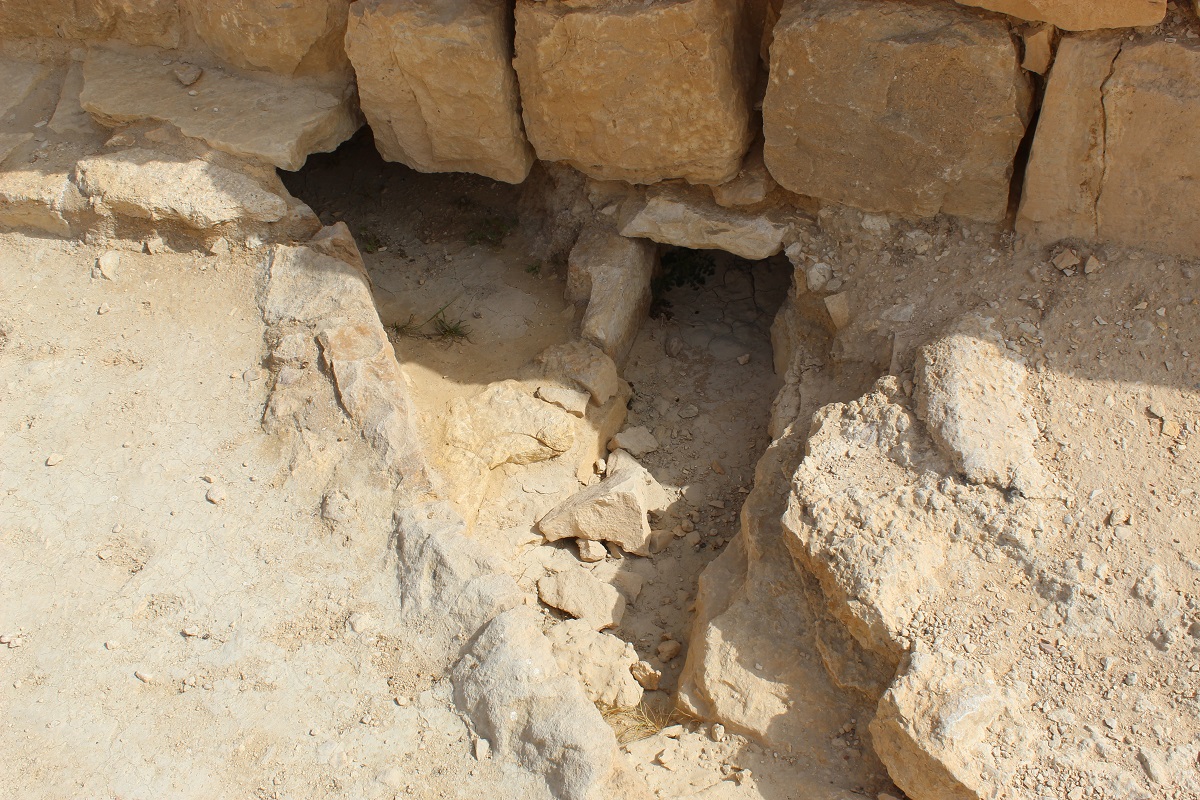
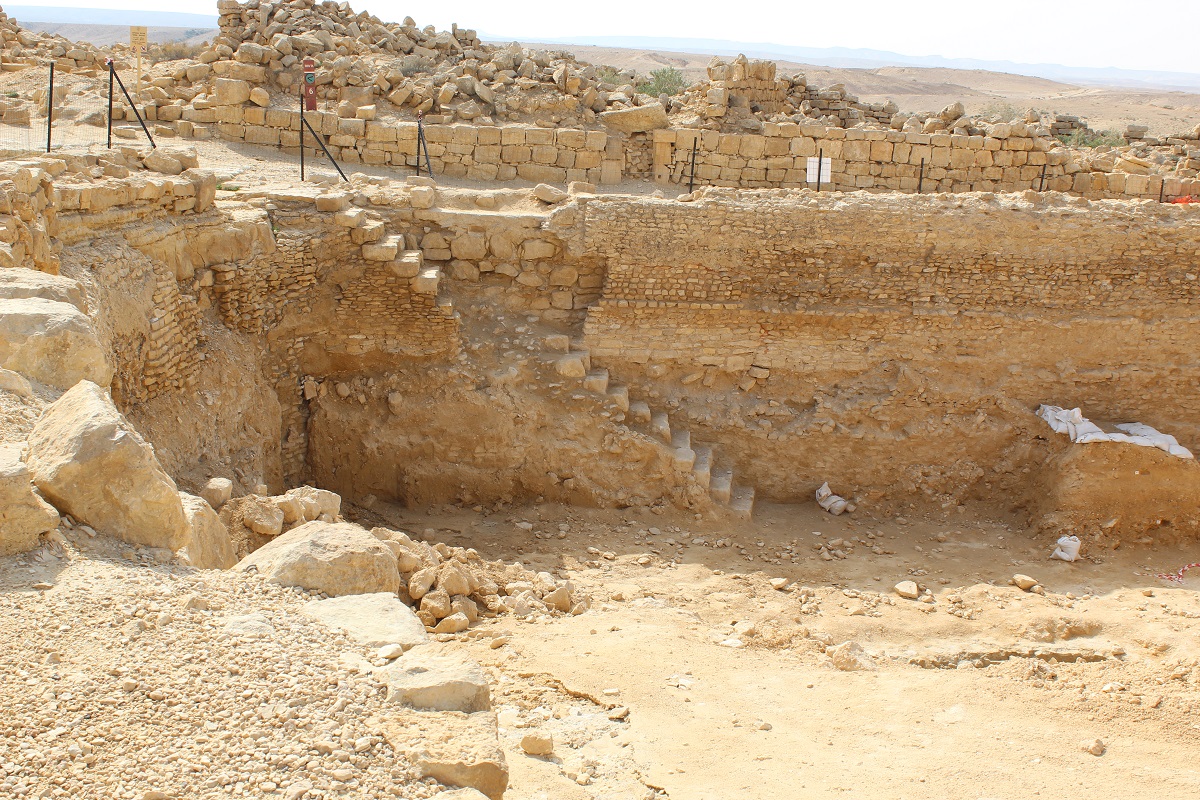
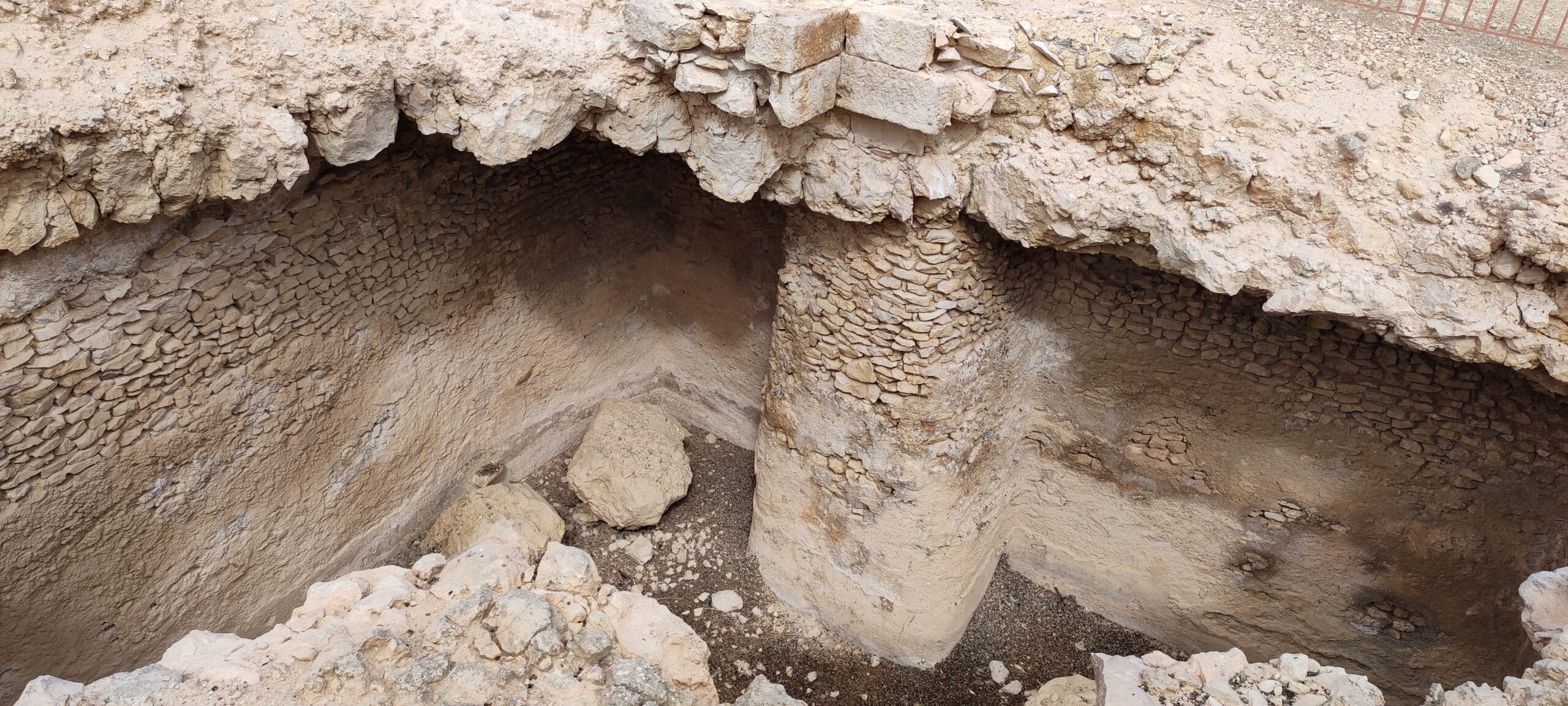
Of course, the choice of making wine was also due to the fact that the high level of sunshine coupled with the altitude and cold winter and nights made for a highly suitable climate for the growing of grapes.
The renewal of the wine route
This is with this heritage in mind that it was decided about 30 years ago to create a new wine route. The planting of wines had already started on a rather large scale. To this day, many wineries all over Israel, use a blend of grapes including some grown in the Negev. But local wineries were now being encouraged and after a few years, a few were already starting to experiment with new grapes varieties and techniques in order to create wines that are well suited to the region climate and soil. They are all boutique winery which produce small to medium batches, and it is now possible to tour them.
Is the wine any good?
Now, I know, you think that because I am French, I will be able to give you an expert opinion on the quality of the wine. But I must confess. I don’t drink wine. At all. I just don’t like the taste. I blame it on my best friend’s parents from kindergarden who’ve had had me for lunch more than their fair share and who would serve us a glass of wine cut with water with our meals. And I literally hated it. So much that to this day, give me a grand cru with a special millesime or give me the cheapest wine you can buy in a carboard box, and I will make a face. As to me, it all tastes like the disgusting beverage I was regularly served from age 5 to 8.
Since John is not much more of a connoisseur than me, we have to depend upon the opinion of our guests. From what they say, it seems that in the last 20 years, when my sisters – who have taken all the wine drinking genes of the family and can appreciate a good wine – announced that it was all dirty vinegar, the wine in the area has gone a long long way. It is now considered to not only be quite good, but also very distinctive.
Of course, the winemakers have had 20 years to build experience and make progress, but I would imagine that the intense collaboration between winemakers and researchers (both from BGU university and the local agricultural center for research and development) as you can imagine that wine growing in the desert comes with it’s fair share of challenges.
A highly technical production
For example, one of the reasons to start producing wine with grapes grown in the area was that it had been discovered that using the brackish water found in quantities in the aquifer under us, would produce a quality of grapes such that it would make it economically worthwhile. That is because in order to fight the salinity of the water, the fruits were building sugars. But when it turned out that the salty terrain was killing the vines in just two years instead of the seven year they had expected, researchers were called to the rescue to find out what would be the perfect ratio of brackish water to grey water so you would keep the advantage of the salinity without killing the vines too fast. Thinking of ways to wash the high level of salt without wasting too much water was also a challenge that was overcome.
Another challenged faced by the wine makers all over the world, but even more in the desert, is how to keep the degree of alcohol from being too high due to the heat and the amount of sunshine. Here again, researchers are hard at work and coming up with solutions.
This is this mix of history, technology and unusual terrain which make the Negev wine a most surprising, distinctive and must try product. And it is beginning to gain recognition for its high quality.
On this site, you will find a map and the list of all the wineries in the area with a brief history for each of them and a phone number to contact in order to plan a visit.
Ramat Negev Winery, Rota, Carmey Avdat, Pinto, Nana and Ramon Vineyards are among the biggest and the easiest to visit (but it is still best to call before you go). They will all offer you wine tasting tours with a bit of history about their wine and the challenges encountered.
If you are just curious about tasting desert wine but you have very little time, a desert wine bar in Mitzpe Ramon has just opened it’s doors and you will be able to taste all of them under one roof.
This post is also available in:
 Français
Français
Author: Marion Krivine
French owner of Krivine Guesthouse in Midreshet Ben Gurion, together with my British husband John. A little piece of european greenery in the heart of the Negev Highlands, Israel. I have set out on this journey in order to provide our guests with the most accurate, up-to-date and comprehensive guide of the area. View all posts by Marion Krivine


We will be staying at the Youth Hostel in Mitzpe Ramon. We read your blog piece about Borot Lotz. Are the roads to the Borot Lotz hike site at this time of the year passable for standard family vehicles (i.e. not 4 x 4)? (we’ll be in the area Feb 16-18).
Hi Alex, I have replied to your question by email but since the information is relevant, you have just reminded me I should update the post with info concerning the (hopefully temporary) closure of road 171.